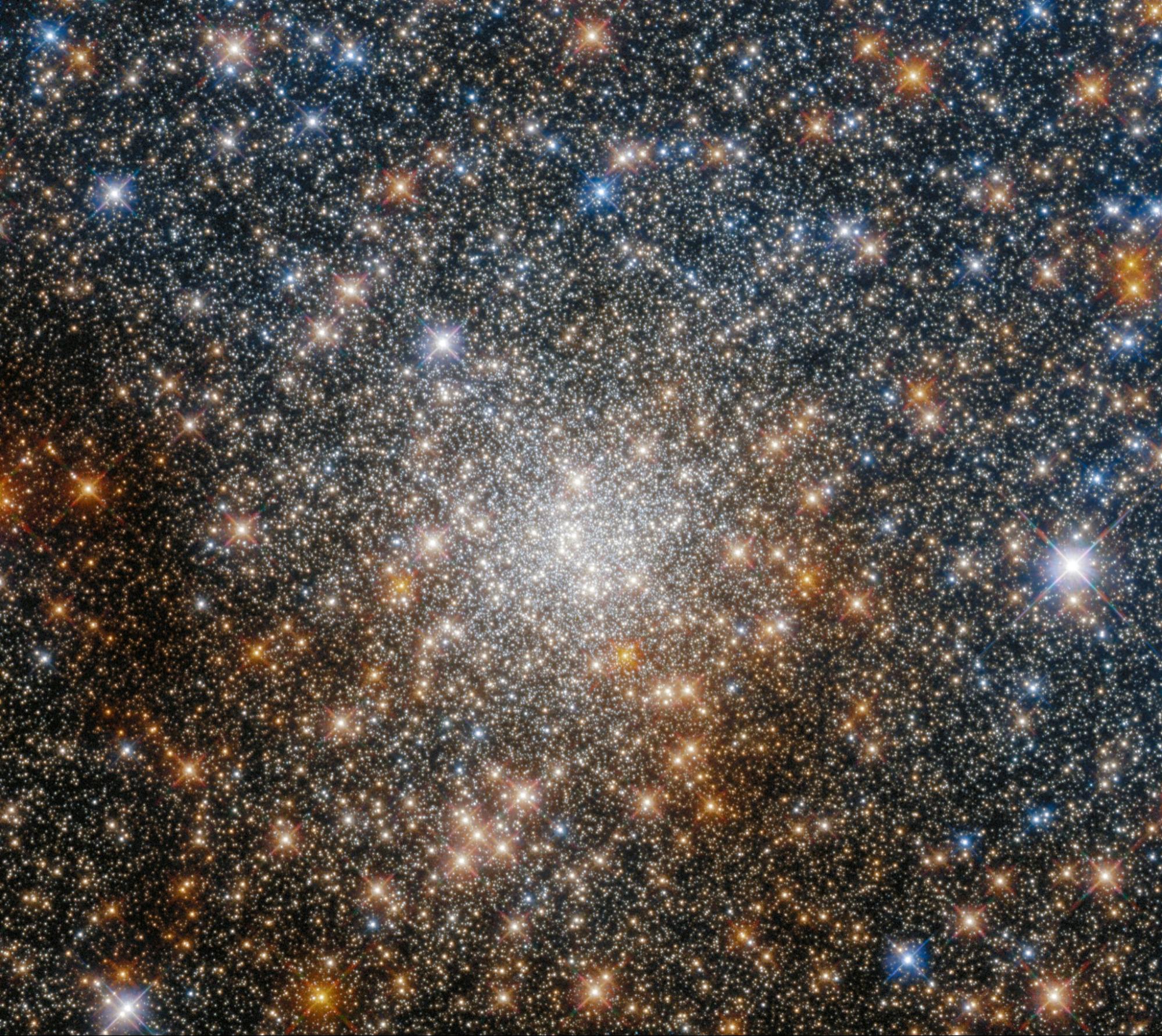
Image courtesy of: NASA/ESA
Whenever you need to be humbled, look no further than the Hubble Space Telescope image archives because images like these let us know how truly small we are in this wondrous universe.
Recent images captured by Hubble show the spectacular globular cluster, Terzan 9, in the constellation of Sagittarius which sits close to the center of the Milky Way. Using its Wide Field Camera 3 and Advanced Camera for Surveys, the telescope was able to view through celestial dust clouds which affect how our eyes and standard telescopes see these things to create this shockingly clear image.
In the picture we can see these globular clusters which are made up of stable and tightly bound groups of tens of thousands or even millions of stars. In the center of these clusters is the “heart” or “bulge” which is the most densely packed region which also amasses interstellar dust, diffusing light and giving the image its ephemeral glow. The center accumulation dust can interfere with research data and even interfere with how colors present themselves in images making this phenomenon hard to study.
Thanks to the extreme sensitivity of Hubble’s imaging capabilities, it is able to capture both visible and infrared data which can give astronomers a much more accurate color profile that can account for the dust. This info can then be used to estimate some of these stars’ ages as well as apparent brightness to learn more about them.
For those of us down here on Earth, we can simply sit back and enjoy the absolute beauty of this glittering sea of stars. Not even the sparkliest of sequins here on Earth can do this cluster justice but, boy, do we enjoy the challenge.
Get a little more glitter in your life, friends. We have much more in common with stars than you think.